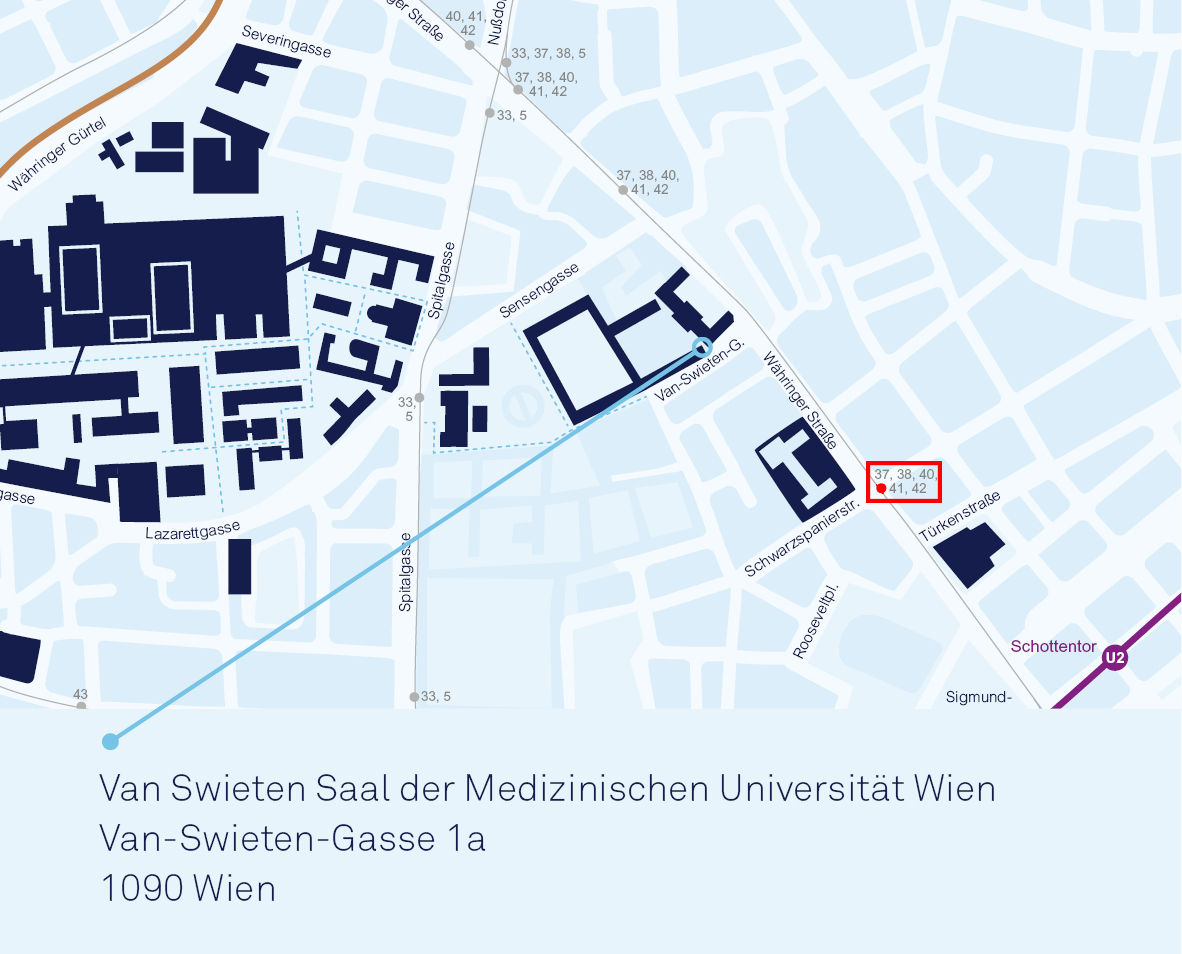Multimodal brain imaging of neuronal pathways and networks in rodents, primates and humans
Event summary:
This satellite event to the FENS Forum 2024 presents cutting-edge brain imaging techniques and their applications in rodents, non-human primates and humans. We will show novel combinations of imaging modalities including functional magnetic resonance imaging (fMRI), brain connectivity, positron emission tomography (PET) as well as cognitive, pharmacological, optogenetic and gene editing interventions. Thus, the audience will gain an in-depth understanding about brain network architecture and manipulation of specific neuronal pathways. The purpose of this event is to bring together these different brain imaging techniques and to showcase the potential of their multimodal combinations.
The first talk (Joanes Grandjean, Radboud University Medical Center, Netherlands) presents the development of standardized nomenclature, sensitive and inter-operable acquisition protocols as well as portable analysis pipelines for the detection of resting-state networks in the rodent brain with fMRI. This has been achieved by the collaboration across 46 centers world-wide.
The second presentation (Kristina Herfert, University of Tübingen, Germany) combines optogenetic and gene editing interventions with simultaneous PET/MRI imaging in rodents. This enables to target specific neuronal pathways and assess their underlying molecular basis.
The third speaker (Elizabeth de Guzman, Istituto Italiano di Tecnologia, Italy) will present recent work using optogenetic stimulation of the mouse DMN to investigate how slow rhythms impact large-scale brain network activity, as measured with fMRI. This provides new evidence of a frequency-dependent lag-structure in the propagation of slow brain rhythms within the DMN, with implications for the design and interpretation of brain stimulation.
The fourth talk (Andreas Hahn, Medical University of Vienna, Austria) employs human functional PET to assess brain energy demands of cognitive processing at high temporal resolution of seconds. This enables identification of specific hierarchical network adaptations during task performance and after skill learning.
The final presentation (Jordan Theriault, A.A. Martinos Center for Biomedical Imaging, Charlestown, USA) will review neurochemical, neuroanatomical and neuroimaging evidence to propose a novel account of the interrelated set of hemodynamic, metabolic and neuroelectrical responses that occur following sensory stimulation. Instead of an index of local activity devoted to stimulus feature processing, the evidence suggests that the BOLD response correlates with prediction error encoding driven by a mismatch between top-down predictions and bottom-up sensory signals.
In sum, the complementary nature of numerous approaches is highlighted, whose translational combination allows to identify causal neuronal interactions in health and disease. These will be wrapped up in a lively discussion between the audience, all speakers and the session chair (Rupert Lanzenberger, Medical University of Vienna, Austria).
Event format:
Each presentation will last for 25 min plus 5 min to answer immediate questions. These discussions and the final roundup will be led by the chair Rupert Lanzenberger (Austria). In addition to the scientific content, there will be plenty of room for further discussion and networking.
Event location, date and time:
The meeting will be hosted by the Medical University of Vienna, Waehringer Guertel 18-20, Vienna, Austria. Founded in 1365, the Medical University has a long tradition in the research and education and now represents one of the largest medical training centers in Europe with 8000 students and 6000 employees.
The satellite meeting will take place right before the official FENS Forum 2024, on June 24th 2024 from 14:00 – 17:00. The location is the Van Swieten ceremonial hall, which can be reached as follows:
Van Swieten Hall of the Medical University of Vienna
Van-Swieten-Gasse 1a
Public transport: Schottentor (metro line 2, tram 1, 71, D) and then 1 stop at Schwarzspanierstrasse (tram 37, 38, 40, 41, 42)

There will also be the possibility for further networking during dinner nearby - please indicate your interest for the dinner by email to neuroimaging[@]meduniwien.ac.at so we can reserve a table.
Speaker and contact details:
Chair: Rupert Lanzenberger
Organizer: Andreas Hahn
https://www.meduniwien.ac.at/neuroimaging/
neuroimaging[@]meduniwien.ac.at
Presentation 1: Small animal functional imagers unite
Joanes Grandjean
Radiology and Nuclear Medicine Department, Radboud University Medical Center
Nijmegen, The Netherlands
Joanes.Grandjean[@]radboudumc.nl
Key publications:
Grandjean J, et al. A consensus protocol for functional connectivity analysis in the rat brain. Nat Neurosci. 2023 Apr;26(4):673-681. doi: 10.1038/s41593-023-01286-8. Epub 2023 Mar 27. PMID: 36973511.
Grandjean J, et al. Common functional networks in the mouse brain revealed by multi-centre resting-state fMRI analysis. Neuroimage. 2020 Jan 15;205:116278. doi: 10.1016/j.neuroimage.2019.116278. Epub 2019 Oct 12. PMID: 31614221.
Presentation 2: Combining molecular PET and functional MRI: from genes to molecules to networks
Kristina Herfert
Werner Siemens Imaging Center, University of Tübingen
Tübingen, Germany
Kristina.Herfert[@]med.uni-tuebingen.de
Key publications:
Ionescu TM, et al. Neurovascular Uncoupling: Multimodal Imaging Delineates the Acute Effects of 3,4-Methylenedioxymethamphetamine. J Nucl Med. 2023 Mar;64(3):466-471. doi: 10.2967/jnumed.122.264391. Epub 2022 Sep 29. PMID: 36175138.
Marciano S, et al. Combining CRISPR-Cas9 and brain imaging to study the link from genes to molecules to networks. Proc Natl Acad Sci U S A. 2022 Oct 4;119(40):e2122552119. doi: 10.1073/pnas.2122552119. Epub 2022 Sep 26. PMID: 36161926.
Presentation 3: Probing functional network dynamics with optogenetic-fMRI
Elizabeth de Guzman
Functional Neuroimaging Laboratory, Istituto Italiano di Tecnologia
Genova, Italy
elizabeth.deguzman[@]iit.it
Key publication:
de Guzman AE, Galbusera A, Spagnolo B, Pisano F, Pisanello M, Balasco L, Bozzi Y, De Vittorio M, Fellin F, Pisanello F, Gozzi A (2024). Uncovering the dynamic organization of the mouse default mode network via optogenetic-fMRI. In preparation.
Presentation 4: High-temporal resolution functional PET of the human brain
Andreas Hahn
Department of Psychiatry and Psychotherapy, Medical University of Vienna, Austria
Vienna, Austria
andreas.hahn[@]meduniwien.ac.at
Key publications:
Godbersen G.M., et al. Task-evoked metabolic demands of the posteromedial default mode network are shaped by dorsal attention and frontoparietal control networks. eLife. 2023 May 25;12:e84683. doi: 10.7554/eLife.84683.
Klug S, et al. Learning induces coordinated neuronal plasticity of metabolic demands and functional brain networks. Commun Biol. 2022 May 9;5(1):428. doi: 10.1038/s42003-022-03362-4.
Presentation 5: A proposal for a unified model of hemodynamic and metabolic responses to task-based stimulation
Jordan Theriault
A.A. Martinos Center for Biomedical Imaging, Massachusetts General Hospital
Charlestown, MA, USA
jtheriault2[@]mgh.harvard.edu
Key publication:
Theriault, J.E., Shaffer, C., Dienel, G.A., Sander, C.Y., Hooker, J.M., Dickerson, B.C., Barrett, L.F., & Quigley, K.S. (2023). A Functional Account of Stimulation-Based Aerobic Glycolysis and Its Role in Interpreting Bold Signal Intensity Increases in Neuroimaging Experiments. Neuroscience & Biobehavioral Reviews 153, 105373. doi: 10.1016/j.neubiorev.2023.105373.
